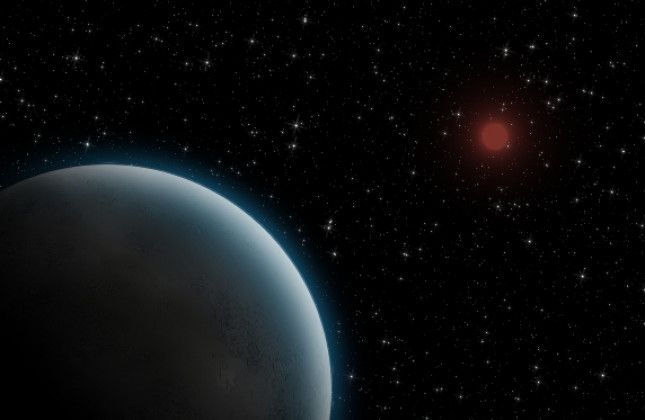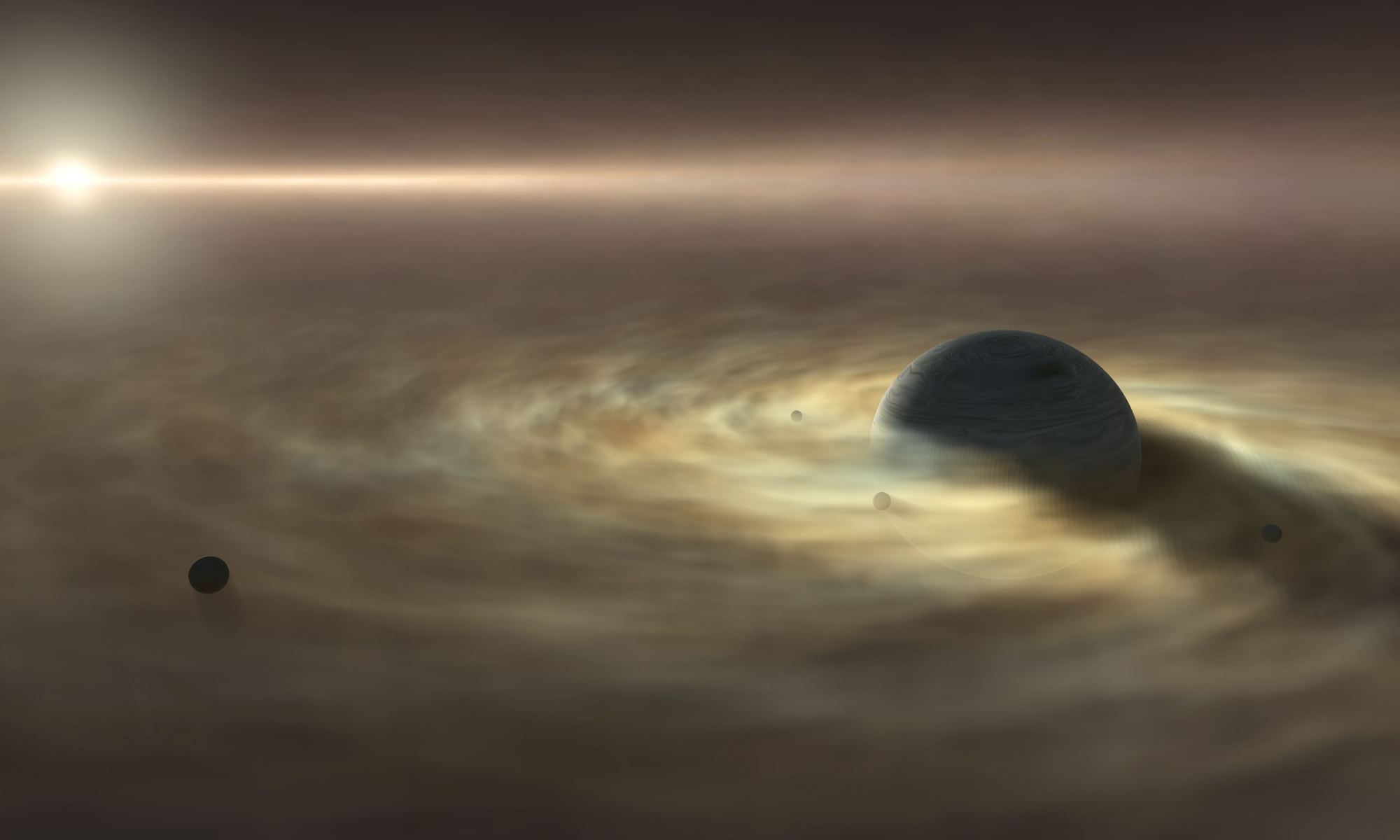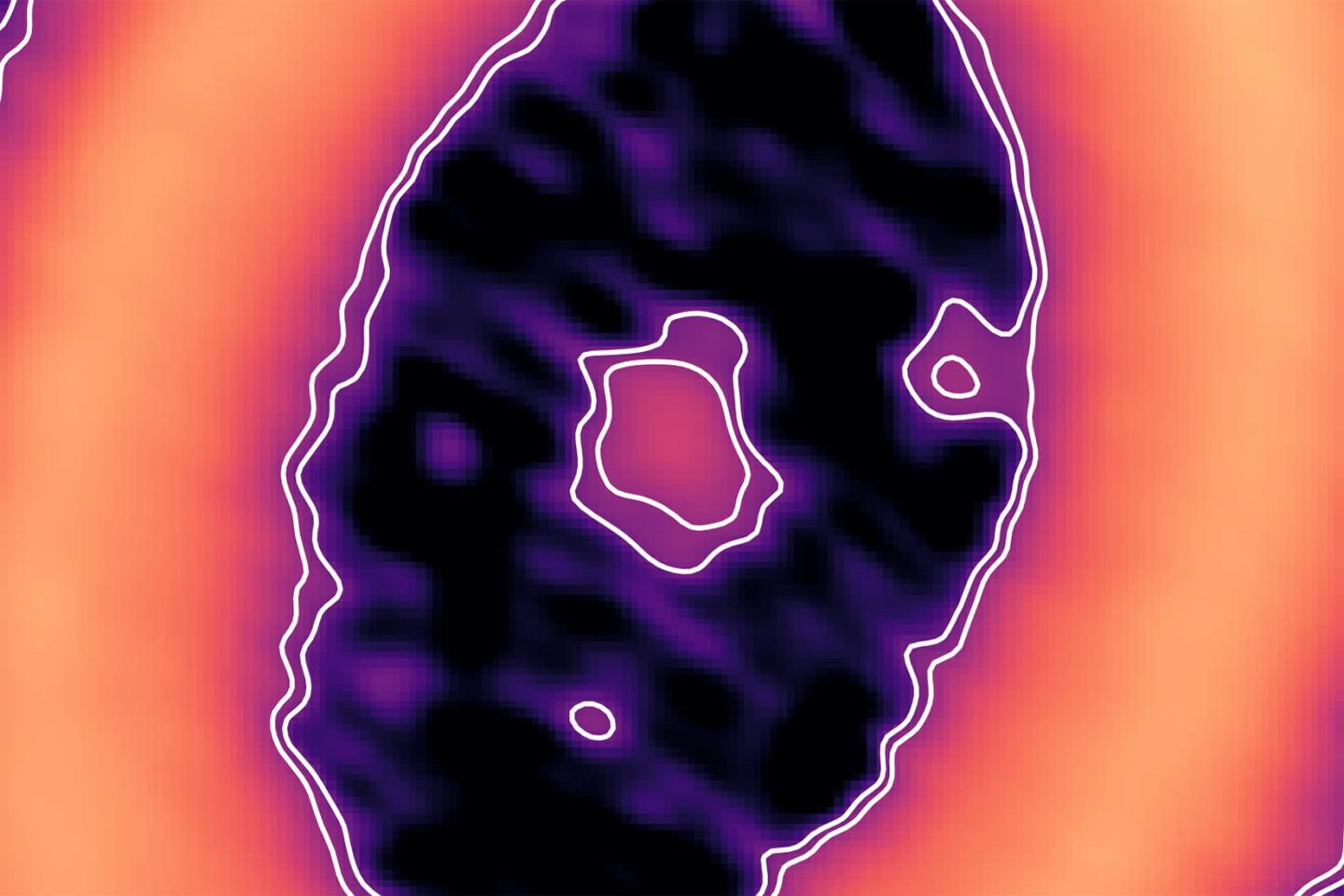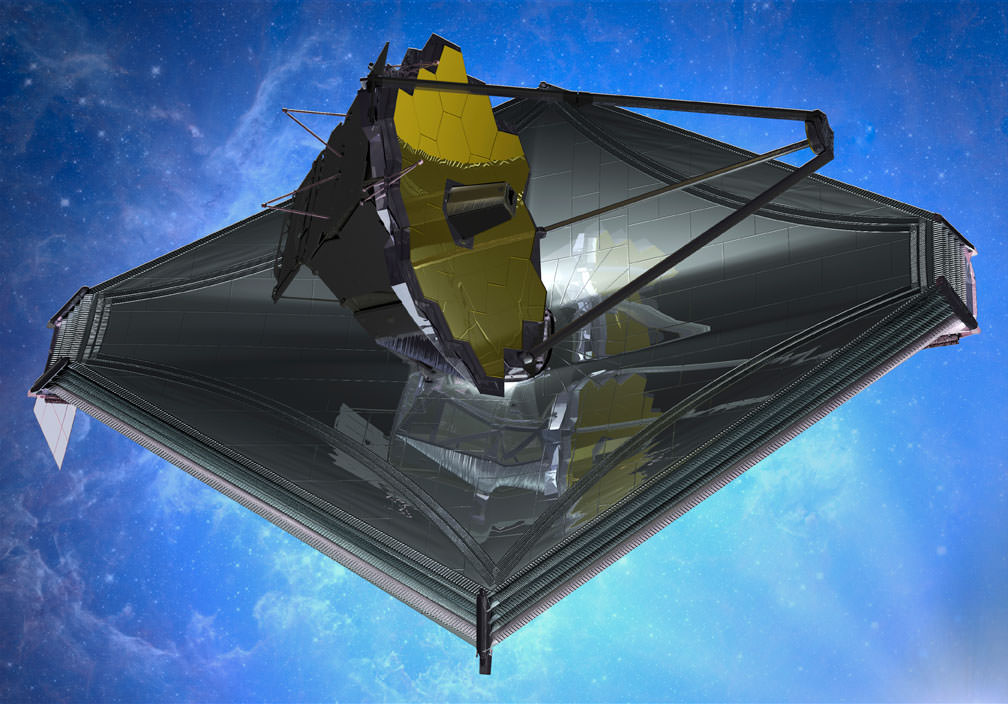Astronomers and planetary scientists thought they knew how to find evidence of life on planets beyond our Solar System. But, a new study indicates that the moons of extrasolar planets may produce “false positives” adding an inconvenient element of uncertainty to the search.
More than 1,800 exoplanets have been confirmed to exist so far, with the count rising rapidly. About 20 of these are deemed potentially habitable. This is because they are only somewhat more massive than Earth, and orbit their parent stars at distances that might allow liquid water to exist.
Astronomers soon hope to be able to determine the composition of the atmospheres of such promising alien worlds. They can do this by analyzing the spectrum of light absorbed by them. For Earth-like worlds circling small stars, this challenging feat can be accomplished using NASA’s James Webb Space Telescope, scheduled for launch in 2018.
They thought they knew how to look for the signature of life. There are certain gases which shouldn’t exist together in an atmosphere that is in chemical equilibrium. Earth’s atmosphere contains lots of oxygen and trace amounts of methane. Oxygen shouldn’t exist in a stable atmosphere. As anyone with rust spots on their car knows, it has a strong tendency to combine chemically with many other substances. Methane shouldn’t exist in the presence of oxygen. When mixed, the two gases quickly react to form carbon dioxide and water. Without some process to replace it, methane would be gone from our air in a decade.
On Earth, both oxygen and methane remain present together because the supply is constantly replenished by living things. Bacteria and plants harvest the energy of sunlight in the process of photosynthesis. As part of this process water molecules are broken into hydrogen and oxygen, releasing free oxygen as a waste product. About half of the methane in Earth’s atmosphere comes from bacteria. The rest is from human activities, including the growing of rice, the burning of biomass, and the flatulence produced by the vast herds of cows and other ruminants maintained by our species.
By itself, finding methane in a planet’s atmosphere isn’t surprising. Many purely chemical processes can make it, and it is abundant in the atmospheres of the gas giant planets Jupiter, Saturn, Uranus, and Neptune, and on Saturn’s large moon Titan. Although oxygen alone is sometimes touted as a possible biomarker; its presence, by itself, isn’t rock solid evidence of life either. There are purely chemical processes that might make it on an alien planet, and we don’t yet know how to rule them out. Finding these two gases together, though, seems as close as one could get to “smoking gun” evidence for the activities of life.
A monkey wrench was thrown into this whole argument by an international team of investigators led by Dr. Hanno Rein of the Department of Environmental and Physical Sciences at the University of Toronto in Canada. Their results were published in the May, 2014 edition of the Proceedings of the National Academy of Sciences USA.
Suppose, they posited, that oxygen is present in the atmosphere of a planet, and methane is present separately in the atmosphere of a moon orbiting the planet. The team used a mathematical model to predict the light spectrum that might be measured by a space telescope near Earth for plausible planet-moon pairs. They found that the resulting spectra closely mimicked that of a single object whose atmosphere contained both gasses.
Unless the planet orbits one of the very nearest stars, they showed it wasn’t possible to distinguish a planet-moon pair from a single object using technology that will be available anytime soon. The team termed their results “inconvenient, but unavoidable…It will be possible to obtain suggestive clues indicative of possible inhabitation, but ruling out alternative explanations of these clues will probably be impossible for the foreseeable future.”
References and further reading:
The Habitable Exoplanets Catalog, Planetary Habitability Laboratory, University of Puerto Rico at Arecibo
Kaltenegger L., Selsis F., Fridlund M. et al. (2010) Deciphering spectral fingerprints of habitable exoplanets. Astrobiology, 10(1) p. 89-102.
Major J. (2013) Earthlike exoplanets are all around us. Universe Today
Rein H., Fujii Y., and Spiegel D. S. (2014) Some inconvenient truths about biosignatures involving two chemical species on Earth-like exoplanets. Proceedings of the National Academy of Sciences, 111(19) p. 6871-6875.
Sagan C., Thompson W. R., Carlson R., Gurnett, D., Hord, C. (1993) A search for life on Earth from the Galileo spacecraft. Nature, 365 p. 715-721.









